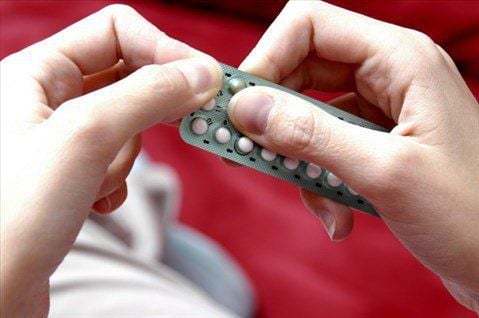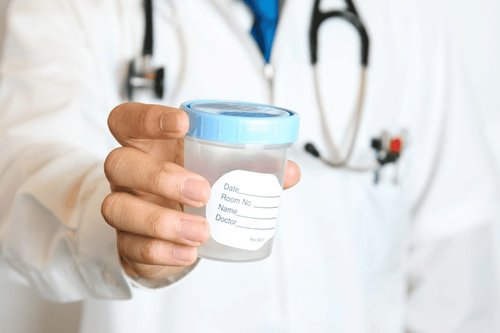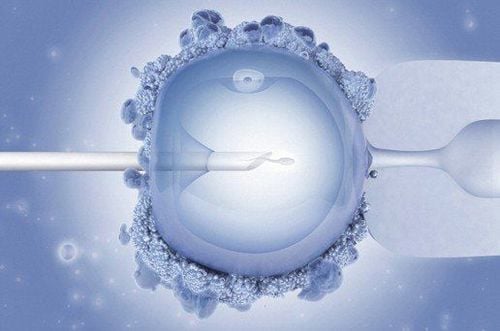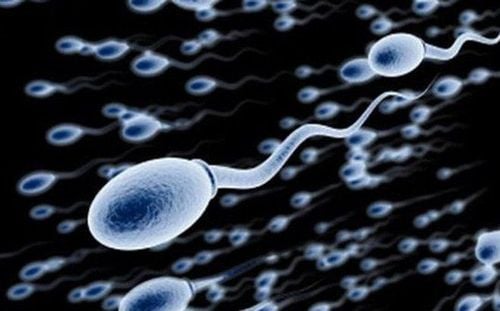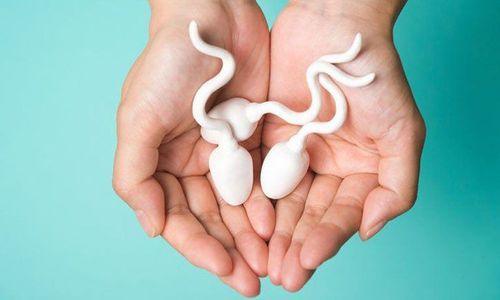This is an automatically translated article.
Sperm morphology includes the size and shape of individual sperm. It is one of the only factors that contribute to male fertility.
1. What is sperm morphology?
Sperm morphology will refer to the shape of the sperm when viewed under a microscope. Specifically look at the shape of the sperm head and the size of the sperm. The shape of the sperm's head is important, as it affects the ability of the sperm to dissolve the outer surface of the egg and fertilize it.
Not all of an individual's sperm is exactly the same. Abnormalities in sperm size and shape can occur in the head, midsection, or tail.
In certain cases, mutations or changes in shape and size may not affect the overall function of the sperm. However, in other situations, the sperm may not be able to move properly or fast enough to reach, puncture or enter the membrane of the egg.
Doctors often evaluate sperm morphology during a general semen analysis or fertility test. By itself, an abnormal or low sperm morphology score is not usually a sign of infertility.
Sperm morphology ranges indicate the percentage of sperm considered normal in size and shape. Normal sperm are most likely to fertilize an egg, so the percentage can give you a clue as to your chances of conceiving with your partner.
2. Sperm morphology test
Sperm morphology test is to examine semen samples under a microscope and calculate the percentage of normal-formed (NF) sperm in the total sample.
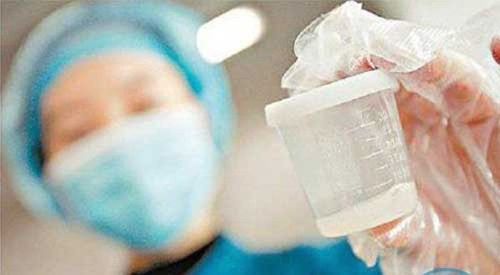
Xét nghiệm hình thái tinh trùng giúp đánh giá chất lượng tinh trùng nam giới
Smooth-rimmed oval head 2.5 to 3.5 μm wide and 5 to 6 μm long Head of an enzyme-containing organelle acrosome Helps sperm penetrate the egg. It has 40 to 70 percent coverage of the sperm head The middle part of the sperm (between the head and the tail) should be about the same length as the head but much thinner The tail is not coiled, 45 μm long so it's thinner than the head and center of sperm No head or tail defects Lab technicians typically process sperm morphology tests by placing a small portion of semen on a slide, air-drying, and then staining with The dye makes individual sperm easier to see under the microscope. Out of 200 or more sperm, one segment of the sample will be used by the technician to calculate the percentage of NF sperm. Sperm morphology tests can also be evaluated using stool technology. imaging analysis, such as computer-aided sperm morphology assessment (CASA). According to the World Health Organization, computer-aided sperm morphology tests provide accurate and reliable results. more reliable than manual tests, since the risk of human error is eliminated. One round of testing is not enough to fully assess semen or sperm quality. Because there will be a high degree of difference between different people, as well as between samples from the same individual. Factors such as: human error, contamination, mislabelling make multiple checks necessary. Usually, three or more tests with the same or similar results are needed to confirm qualities such as morphology, vitality, and mobility.
3. Meaning of test results
Results of a sperm morphology test will indicate teratozoospermia which occurs when there is a large number of abnormally formed sperm in a sample and a low NF score.
The exact sperm morphology result range can vary, but typically the normal or healthy sperm morphology range is between 4 and 14% NF. A score below 4% NF means it took longer than usual to get pregnant. A 0% NF result usually means that in vitro fertilization (IVF) may be needed to conceive. IVF involves collecting a sample of eggs and sperm to combine in a petri dish in the hope of fertilization.
Sperm morphology criteria were developed less than a decade ago, so there is still a lot of variation in the way the test is performed and the interpretation of results. However, it is also important to remember that in the case of sperm that are abnormal in size or shape, they still carry healthy genetic material.
Most of the studies that have found an association between low sperm morphology scores and reduced fertility rates have used IVF subjects and facilities. A man with an NF score less than 4% should talk to his doctor to rule out the possibility of complications and additional health conditions. Doctors who specialize in male infertility can help identify the cause of abnormal morphological ratios and, in some cases, make treatment recommendations to improve sperm quality.
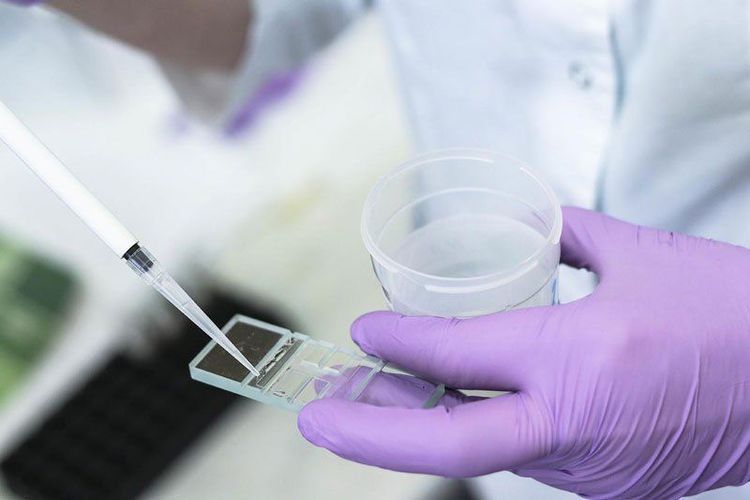
Kết quả kiểm tra hình thái tinh trùng sẽ giúp bác sĩ có tư vấn chính xác
Vitality, or percentage of live sperm, Mobility or general patterns of movement of the sperm Concentration of semen Total fluid of semen Total or quantity sperm Thickness of semen (viscosity) Appearance of semen pH Semen Testosterone Testosterone Globulin sex hormone binding (SHBG) Follicle Stimulating Hormone (FSH) Prolactin Estradiol DNA Form and Function Also May assess the presence of additional body cells in the semen, such as epithelial cells (cells from the male duct), immune cells such as white blood cells (white blood cells) and macrophages ( scavenger immune cells).
The exact role and influence of sperm morphology on fertility is controversial. The specific requirements for what doctors consider a normal form of sperm also vary.
If a man has a low sperm morphology score, or sperm defects, the doctor will likely use assisted reproductive technologies. Doctors also suggest that low sperm morphology scores also reduce overall semen quality and increase sperm damage.
A 2017 study found that men with an NF score of 0% are likely to have near-normal fertility rates. This study also found that IVF is generally not effective in men with an NF lower than 4%.
Recently developed DNA tests are considered by many researchers and physicians to be a better indicator of infertility and semen quality than general semen analysis. Some of the newer DNA tests available to assess the quality of semen include:
Sperm Chromosome Structural Test (SCSA) Comet Test Tunneling Test DNA Fragmentation If using assisted reproductive technology, cytoplasmic sperm injection, ICSI, in which normal sperm are isolated from a semen sample and injected into an egg, may be a good choice for men with a morphological score short.
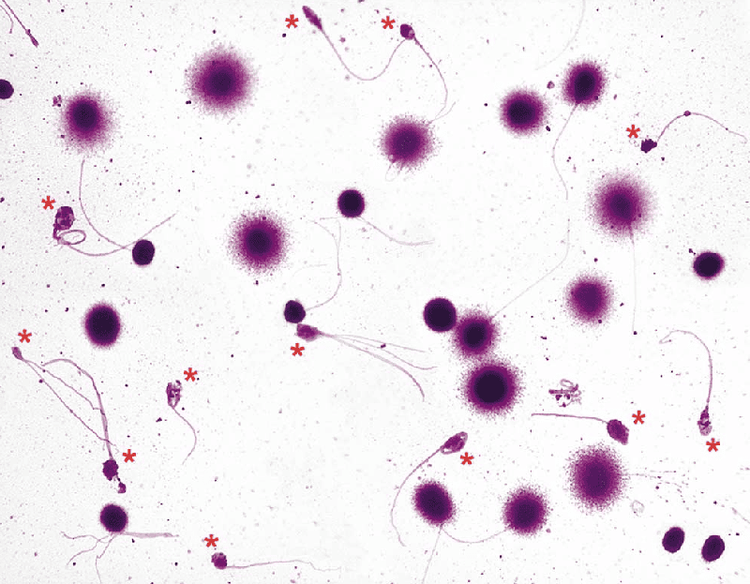
Xét nghiệm kiểm tra phân mảnh DNA tinh trùng
4. How to improve sperm morphology
Sperm are usually healthier when you are younger. Some doctors recommend freezing your sperm earlier to have the healthiest sperm available to use when you get married.
The body is always producing new sperm, so dietary or lifestyle changes can affect sperm health in the future, including:
Losing weight Avoid drinking a lot of alcohol or junk drinking alcohol, using tobacco or illegal drugs Exercising regularly Wear loose-fitting, cotton shorts Some natural supplements and vitamins can also be helpful to boost your figure. normal state of sperm.
5. Some other causes affecting male fertility
If you and your partner are trying to conceive and are concerned there may be a problem with the quality of your conception, see your doctor for a more complete and thorough examination. Because, sperm morphology is just one of many possible causes.
Medical conditions. There are many medical conditions that can make it difficult to conceive such as: varicose veins, infections and hormonal imbalances... can cause problems related to sperm quality. Or in the case of being diagnosed with celiac disease can also be a factor affecting sperm morphology and quality. Environmental concerns. When living in an environment or working in an environment that is exposed to chemicals or radiation, this can be one of the risks that can affect your sperm as well as your fertility. Lifestyle choice. When preparing for conception, smoking and using drugs is not a good thing. Therefore, you should actively maintain a healthy lifestyle. Limit alcohol intake. Maintaining and managing your weight or losing weight if you are overweight or obese can help improve sperm quality. Manage or reduce emotional stress. Sperm morphology is only a small part of fertility concerns, so it's important to discuss it with your doctor to see if your sperm morphology results could affect your fertility. chances of conceiving with your partner or not.
If you are planning to get pregnant, you need to learn about sperm health, temperature and viability. This will help eliminate the factors that affect sperm quality and know what to do for good sperm production, always healthy.
Currently, Vinmec International General Hospital has a semen analysis test as well as a reproductive health checkup for men. The examination is always performed by experts, experienced obstetricians from many parts of the world. Therefore, if you are having fertility problems, you can go to the hospital to receive specialized advice from specialist doctors.
Please dial HOTLINE for more information or register for an appointment HERE. Download MyVinmec app to make appointments faster and to manage your bookings easily.
Reference source: healthline.com - medicalnewstoday.com



